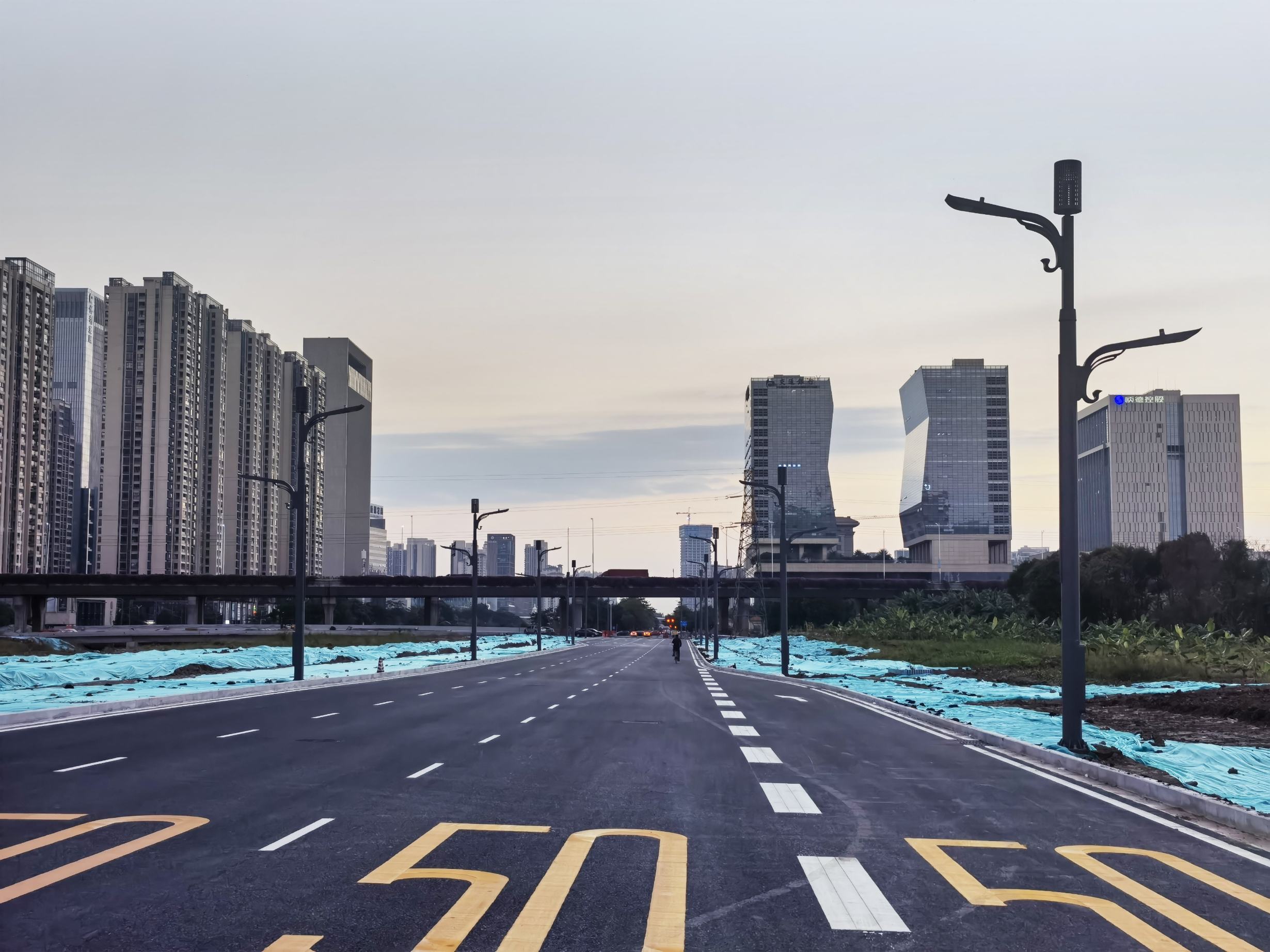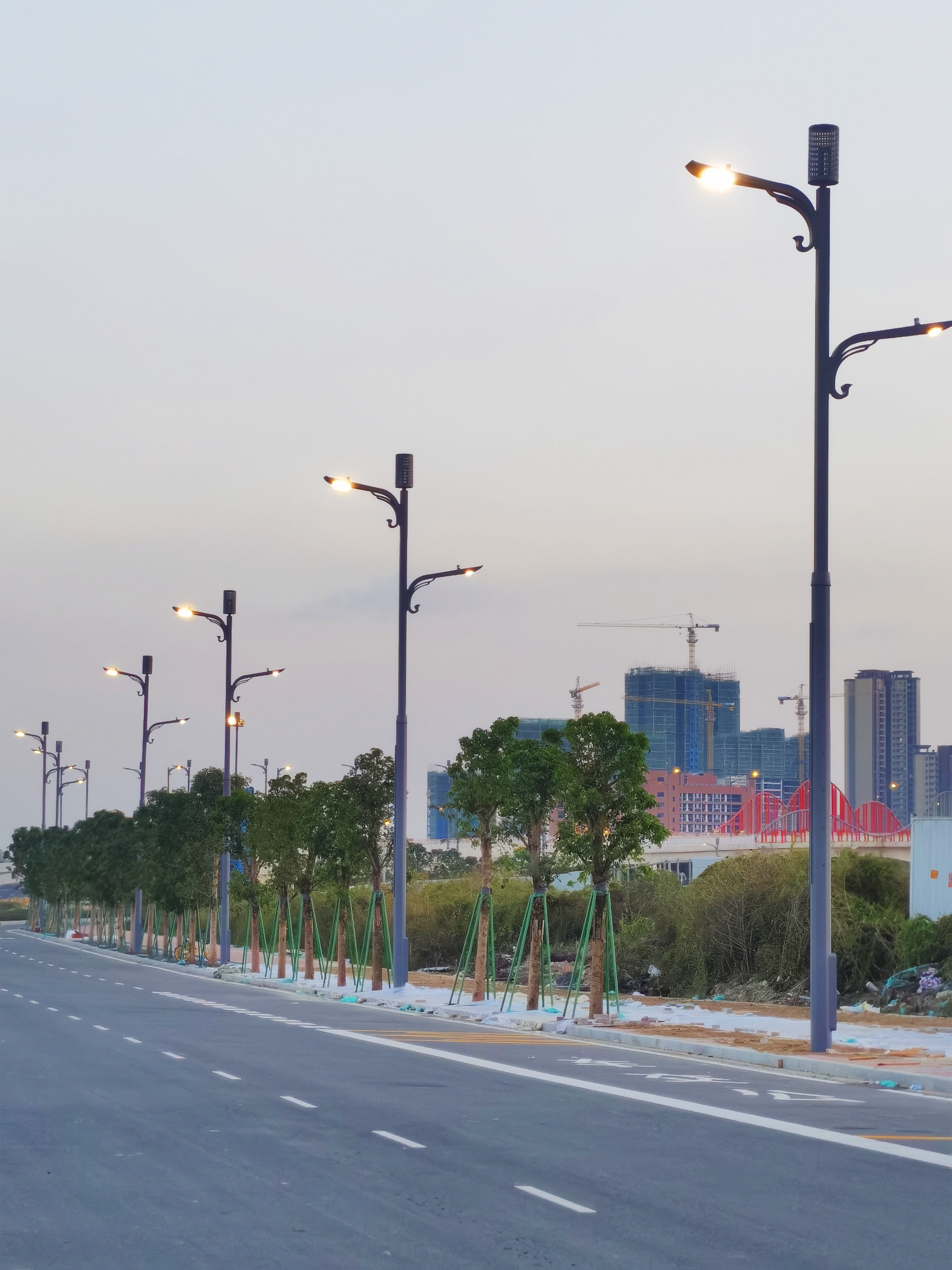
Smart street lighting revolutionizes urban landscapes, making cities more efficient, sustainable, and interconnected. It’s a core part of smart city infrastructure, using technology to address modern urban challenges. Smart street lighting provides energy savings, enhances safety, and supports connectivity. As cities grow, this technology becomes essential, not just for illumination but for enabling a vast range of smart city functions. Smart street lighting, therefore, serves as the backbone of smart cities, driving improvements that benefit citizens and city administrations alike.
Smart cities aim to create efficient, sustainable, and data-driven environments for urban living. They use interconnected technologies to manage resources better, reduce waste, and enhance the quality of life. Smart street lighting, in this context, is essential as it impacts both the day-to-day experiences of citizens and the broader goals of smart cities. Once static and limited to illumination, lighting infrastructure is now an interactive part of the city ecosystem. Modern smart lighting can adjust brightness, detect movement, and even communicate with other systems, making it an ideal entry point for smart technology.
Street lighting was one of the earliest urban systems to integrate smart technology. Cities that invested in smart lighting have seen reduced energy costs and improved urban safety and data insights. Thus, smart lighting is not just an isolated technology; it’s a foundational component that connects and supports other smart city functions.
Particularly in cities like Santa Monica, San Diego, and San Francisco, where sustainability and environmental impact are top priorities, solar-powered street lighting has become essential. Smart street lighting, especially solar-powered LED systems, is transforming California’s coastal cities by making urban lighting both eco-friendly and resilient. These systems harness California’s abundant sunlight to power LED lights, significantly reducing energy costs and dependence on the grid.
This benefits cities facing high energy demands and provides a reliable lighting source during power outages or extreme weather, ensuring public safety. Solar-powered street lighting enables California’s coastal cities to reduce carbon footprint while embracing innovative, sustainable technology. As these cities lead the way, they set a valuable example for others looking to adopt clean energy solutions in their urban infrastructure.

Smart lighting uses connected systems with sensors and controls to manage city lights dynamically. Unlike traditional lighting, smart streetlights adjust to environmental factors like time of day, traffic density, and weather. They can dim or brighten automatically, reducing unnecessary energy use and adapting to real-time needs. Smart lights typically include energy-efficient LED bulbs, motion sensors, and communication modules that connect to a central control system.
LED technology is vital for these systems, as it offers durability, low energy consumption, and greater brightness control. Motion sensors enable the lights to detect activity and increase brightness in response, improving safety in low-traffic areas. Communication modules allow lights to share data with city operators, creating a responsive lighting grid.
Another key point is that this system helps cities manage lighting remotely, reducing the need for routine inspections. When a light malfunctions, operators are notified immediately, allowing quick repairs. Smart street lighting exemplifies the use of data to improve efficiency and urban management.

The advantages of smart lighting extend well beyond energy savings. By adapting to real-time conditions, smart lighting conserves electricity, reducing the environmental impact. Adaptive lighting uses sensors to dim or turn off lights in low-traffic periods, saving energy and lowering costs. For cities, this results in substantial savings, freeing up resources for other essential services.
Smart lighting also improves urban safety. Lights can respond to pedestrian or vehicular activity, increasing brightness to deter crime and enhance visibility. Enhanced street lighting has been shown to reduce accidents and improve the perception of safety, encouraging more outdoor activity at night.
Moreover, smart lighting systems gather valuable data. This data can reveal traffic patterns, environmental conditions, and city heat maps, offering insights into how and when streets are most active. City planners can use this information to optimize traffic flow, target infrastructure projects, and improve public services. With this in mind, the data collected through smart street lighting strengthens the overall smart city infrastructure, providing insights that support urban development and planning.
Besides, smart lighting is environmentally friendly. By reducing energy usage, smart lighting cuts greenhouse gas emissions, contributing to sustainability goals. Cities can meet environmental regulations and show leadership in green technology by implementing smart lighting and promoting cleaner, healthier urban environments.
Smart lighting creates a foundation for further technological innovation and connectivity. These lights are connectivity nodes, allowing other devices to link across the city. They are ideal platforms for Internet of Things (IoT) applications, enhancing city-wide data collection and connectivity.
With the integration of 5G, smart streetlights can become hubs for faster data transfer, supporting smart vehicles, traffic systems, and emergency services. Cities worldwide are looking at streetlights as essential to the future of urban connectivity, providing the backbone for many upcoming technologies.
Beyond basic lighting, streetlights can host additional capabilities. For example, some cities have added air quality monitors, noise sensors, and weather sensors to smart lights. This expands the value of street lighting, as it transforms into a multi-functional asset that serves more than illumination purposes. Smart lighting can act as a gateway for new services, helping cities remain adaptable in the face of rapid technological change.
Cities around the world have successfully implemented smart lighting, transforming their urban environments. Barcelona, for instance, has integrated smart lighting that adapts to the presence of pedestrians and vehicles, optimizing light usage throughout the day. By responding to actual needs rather than fixed schedules, Barcelona’s smart lights save energy and improve safety in public spaces.
Similarly, Singapore has leveraged smart lighting to track environmental data and support sustainability goals. The city’s lighting system gathers data on air quality and weather patterns, enabling responsive adjustments that contribute to a cleaner, more efficient city environment.
In the United States, San Diego has installed smart lighting to collect real-time traffic data, monitor weather conditions, and support safety efforts. The city has experienced a significant reduction in energy costs and gained valuable data for urban planning. In short, these examples demonstrate the real-world effectiveness of smart street lighting, proving its value across various urban landscapes.
Smart lighting stands as a transformative technology that supports the vision of smart cities. Through energy savings, enhanced safety, and improved connectivity, smart lighting enables cities to operate efficiently and sustainably. Through investing in smart lighting, cities gain valuable insights, reduce operational costs, and pave the way for future innovation.
